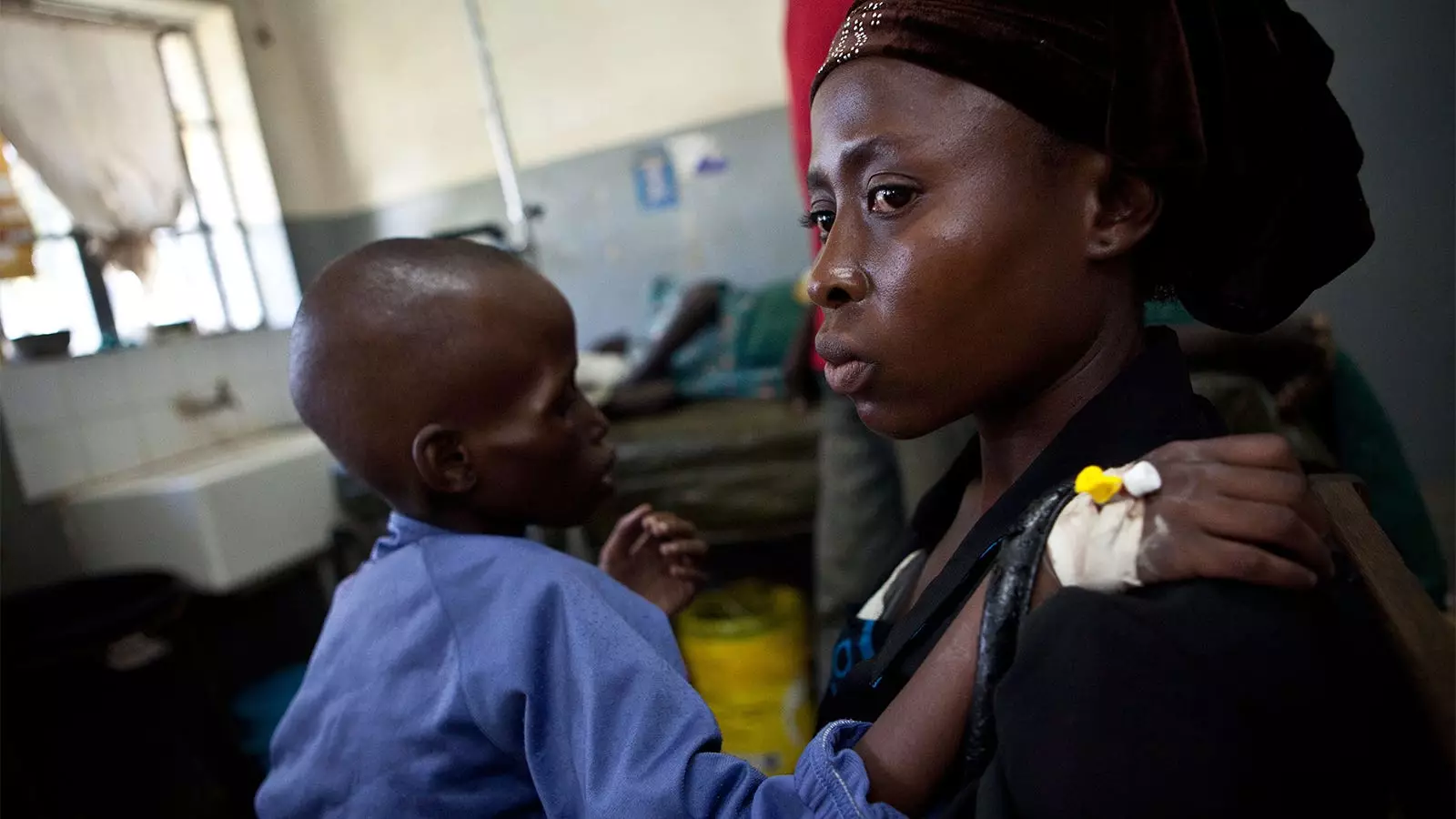Children under the age of 5 who are infected with HIV and receive antiretroviral treatment (ART) face alarming mortality rates, according to a recent study conducted by the CDC. The study, led by Dr. Nickolas Agathis and his colleagues at the CDC’s Global Health Center in Atlanta, revealed that globally, children under the age of 5 with HIV who received ART succumbed at rates two to nine times higher than their older counterparts. The study, specifically focused on children receiving ART through the U.S. President’s Emergency Plan for AIDS Relief (PEPFAR), found that 4.9% of those under the age of 1 and 2.5% of those aged 1 to 4 years died over a span of 2 years. These mortality rates were four to nine times higher for infants and two to five times higher for 1 to 4-year-olds compared to older children receiving similar treatment. These startling statistics highlight the urgent need to prioritize and optimize healthcare services for young children living with HIV who are receiving ART.
One of the major challenges in addressing the high mortality rates among young children with HIV is the delayed diagnosis. Children under the age of 5 are less likely to receive an HIV diagnosis compared to older populations. Early diagnosis is crucial as it allows for timely initiation of ART and better management of the disease. The researchers strongly emphasized the importance of diagnosing children as early as possible and connecting them to ART treatment, particularly with dolutegravir-based treatments. These measures can significantly improve the outlook for young children and potentially prevent mortality.
To combat the disproportionately poorer outcomes experienced by children under the age of 5 with HIV, the study authors advocate for family-centered approaches to healthcare. Ensuring that care extends beyond the individual and takes into account the needs of the entire family can greatly contribute to better health outcomes. By providing comprehensive support and resources to families, healthcare providers can create an environment conducive to continued engagement, adherence to treatment, and overall well-being.
The study also shed light on the impact of co-existing health conditions on the mortality rates of young children with HIV. HIV-infected children under the age of 5 are not only at risk of disease progression but also face complications such as tuberculosis (TB) and malnutrition. It is essential to prioritize the prevention, identification, and management of advanced HIV and associated complications to enhance the overall health outcomes of these vulnerable children. Access to immunizations, nutritional supplementation, and antimalarial treatments should also be guaranteed for children under 5 to address and minimize the impact of these co-existing conditions.
The CDC study provides several strategies aimed at improving the care and outcomes for young children with HIV. The implementation of these strategies not only has the potential to prevent deaths but also contributes to the global goal of ending AIDS among children by 2030. Some of the proposed strategies include:
1. Diagnosing children with HIV as early as possible and promptly connecting them to ART treatment, particularly with dolutegravir-based treatments known for their efficacy.
2. Ensuring continuity of care through family-centered approaches that take into account the specific needs of the child and their family.
3. Preventing, identifying, and managing advanced HIV and related complications such as tuberculosis and malnutrition.
4. Ensuring access to necessary immunizations, nutritional supplementation, and antimalarial treatments to safeguard the health of children under 5 with HIV.
By implementing these strategies, healthcare systems can make significant strides in reducing mortality rates among young children with HIV and bridging the gap in outcomes between different age groups.
The study collected data from PEPFAR treatment sites in 25 countries and three regions, encompassing approximately 18 million individuals with HIV receiving ART. However, the researchers acknowledged several limitations within their findings. These limitations include potential underreporting of deaths and treatment interruptions in the PEPFAR data. Variations in underreporting between PEPFAR sites due to factors such as data completeness at the site level were also taken into account. It is important to recognize these limitations to further refine future research and ensure accurate representations of the impact of ART on mortality rates among children with HIV.
The CDC study sheds light on the alarming mortality rates among children under the age of 5 with HIV who receive antiretroviral treatment. Urgent action is required to address the disparities in outcomes between different age groups. By prioritizing early diagnosis, implementing family-centered approaches to care, managing co-existing health conditions, and ensuring access to essential resources and treatments, healthcare providers and policymakers can effectively combat the high mortality rates experienced by young children living with HIV. These efforts have the potential to save lives and contribute to the global mission of eradicating AIDS among children by 2030.

Leave a Reply